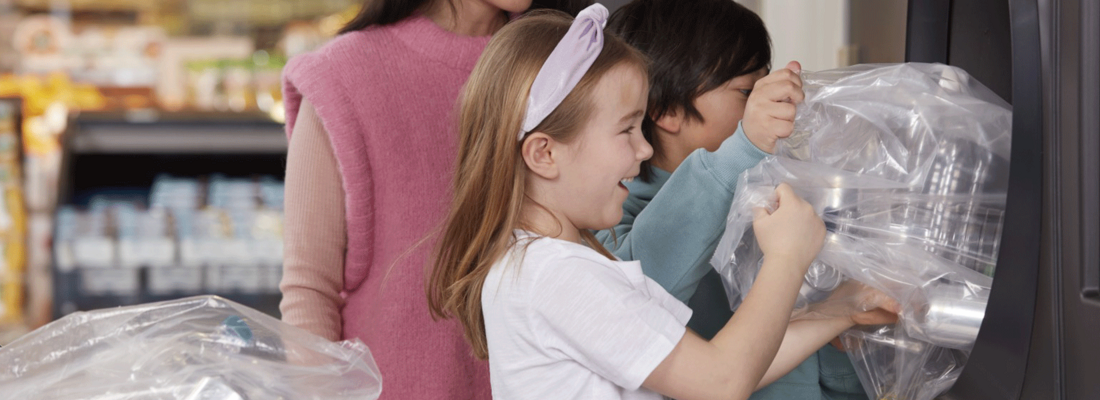According to calculations from the World Bank, up to two thirds of global household waste still ends up in landfills or incinerators. A large part of this waste is made of plastic, which releases CO2 and other greenhouse gases into the atmosphere as it breaks down, or when it’s burned. By increasing the collection and recycling rates of plastic waste, these kinds of emissions can be kept to a minimum.
Deposit return systems have been extremely successful at incentivizing the return of used beverage containers. After just two years of being put in place, Lithuania’s deposit return system was able to collect nine out of every ten containers sold to consumers. It's still going strong, with millions of plastic and glass bottles, as well as aluminum cans, sent to be recycled. Easy!
This is the first way that deposit return systems work to reduce carbon emissions, but there’s more. Because recycling saves up to 80% of the energy used to extract and process virgin resources, recycled bottles and cans have a much smaller carbon footprint than those made from scratch. And that’s only on the first loop. What happens when recycled materials go round again? And again?
Bottle to bottle to bottle to bottle to…
By capturing high-quality materials for recycling (and keeping that quality high by separating materials at the collection point), deposit return systems avoid the build-up of impurities in the production loop. This allows recyclers to provide the beverage industry with optimal resources for the re-production of drinks containers. In fact, the higher the collection rate, the higher the quality of the materials in the loop, meaning the more times that material can be used in new containers. For every 100 virgin bottles produced, a deposit return system with a 90% collection rate (just like Lithuania’s) makes it possible to produce a total of 208 bottles!
TOMRA calls the efficient collection of bottles and cans for recycling into material that is repeatedly used to produce new drinks containers Clean Loop Recycling, and deposit return systems are an important part of this process.
With recycled materials replacing virgin materials in container production, the greenhouse gas emissions associated with creating new beverage containers drop significantly. Assuming a collection rate of 90%, it’s possible to save up to 3.8 tonnes of CO2 per tonne of plastic material used.




